
Watson Island - Remaking History
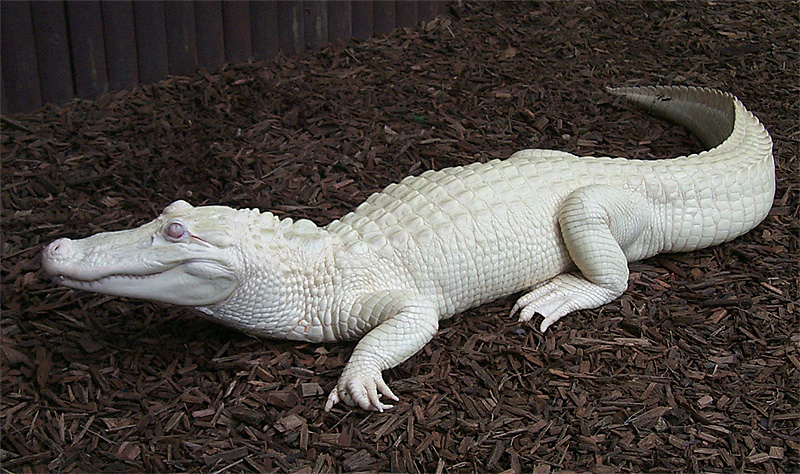
If you ever had the chance to visit the original Parrot Jungle and Gardens (PJG), you were participating in South Florida history. By world standards, the 65 year old zoological park was a youngster. But here in South Florida, it was one of the oldest entities that been in continuous operation for more that half a century.
Beginning in 2000 we began to build a completely new park, a new Parrot Jungle Island. This new park is located between the scenic skyline of downtown Miami and the Art Deco hotels of South Beach. This 18 acre theme park, which will include two acres of the surrounding Biscayne Bay will be built from scratch. Whereas the former PJG was built around a natural site full of native plants and unique rock formations, the new park is on an 86 acre man-made island, Watson Island, that was created from the fill dredged from the ship channels at the adjacent Port of Miami early in the past century.
There are many obstacles to overcome to create a tropical garden on this barren island. The nutrient-poor land is six to eight feet above sea level and there is no natural reservoir of fresh water underground. There is also a bitter wind that blows out of the north with the winter cold fronts that can cause severe damage to the tropical plants and animals.
One of the most important ingredients of a tropical rain forest is rainfall. South Florida receives about 60 inches of rain a year and at the former PJG we came close to doubling that in certain areas of our garden in order to recreate a rain forest environment. On Watson Island fresh water does not occur naturally and saline water occurs below the ground. This situation will require us to utilize city water for 100% of our irrigation, although we are investigating the use of rain water from on-site storage.
Temperature is also an important factor when trying to create a tropical rain forest. Miami's climate is perfect year-round except for a few days every winter when the temperatures sometimes drop briefly into the 30's (Fahrenheit). The new site on Watson Island is likely to be a few degrees warmer (which can be significant when growing tropical plants) and there should be no danger of frost. However since this is an island surrounded by water there is nothing to block the wind from winter cold fronts.
The solution to this problem is to form berms or terraces. These subtle site features aid in blocking the wind while creating a more diversified landscape. We also raised many areas of the Park 15 feet or more above the water table to give some topographical variety to the site and give a more interesting perspective to the many exhibits. This added height will also enable the use of trees that would not tolerate their roots in the saline soil below.
The construction of the new Park has taken about two years. This is a very short time to achieve the lushness required to recreate the original Parrot Jungle, but we are confident that this schedule is attainable. The amount of time it took us to restore Parrot Jungle after Hurricane Andrew is similar to our present construction schedule and gave us many techniques for accelerating plant growth to maximum rates.
This unique collection of tropical plants and animals will be a shining example of public and private cooperation. The south Florida community as a whole, and the City of Miami in particular, will gain much world-wide recognition from Parrot Jungle Island on Watson Island.


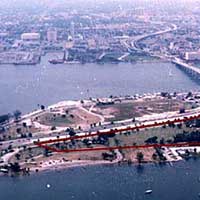

 About Theme Parks, Zoos & Tropical Design
About Theme Parks, Zoos & Tropical Design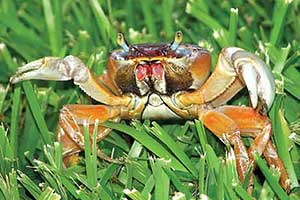 Integrated Pest Management in a Zoological Theme Park, Wing Beats the Journal of the American Mosquito Association
Integrated Pest Management in a Zoological Theme Park, Wing Beats the Journal of the American Mosquito Association The Environmental Lawn
The Environmental Lawn Design with Integrated Pest Management
Design with Integrated Pest Management Creating Islands in Aquatic Ecosystems
Creating Islands in Aquatic Ecosystems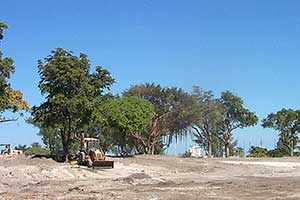 Building a New Jungle - Contouring the Site and Creating a Tree Canopy
Building a New Jungle - Contouring the Site and Creating a Tree Canopy Watson Island - Remaking History
Watson Island - Remaking History The Gardens at Parrot Jungle Island, The First Year
The Gardens at Parrot Jungle Island, The First Year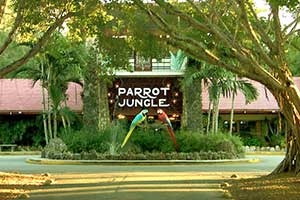 Parrot Jungle & Gardens
Parrot Jungle & Gardens